This article was originally published by our colleagues at Hagerty US
Josh Rogers has vivid memories of the first time he saw a Vespa and, years later, of the first time he rode one. His initial introduction to the iconic Italian scooter sparked a need to know more; his second, more hands-on encounter sealed the deal and ignited what has become an insatiable passion.
Although there are larger Vespa collections in the world, Rogers’ enthusiasm for the scooters is as dynamic as any you’ll find in the United States.

“The first time I saw one, I was like, ‘What is that?’” says Rogers, who knows he wasn’t the first to ask the question. “A lot of people know Vespas without really knowing them. If you watch film – especially something filmed in Europe – you’ve seen one. They’re relatively cheap and simple, but Hollywood has used them a lot. Audrey Hepburn and Gregory Peck rode one in Roman Holiday. They’ve been in many other movies. So when you think of a scooter, most people think of a Vespa.”
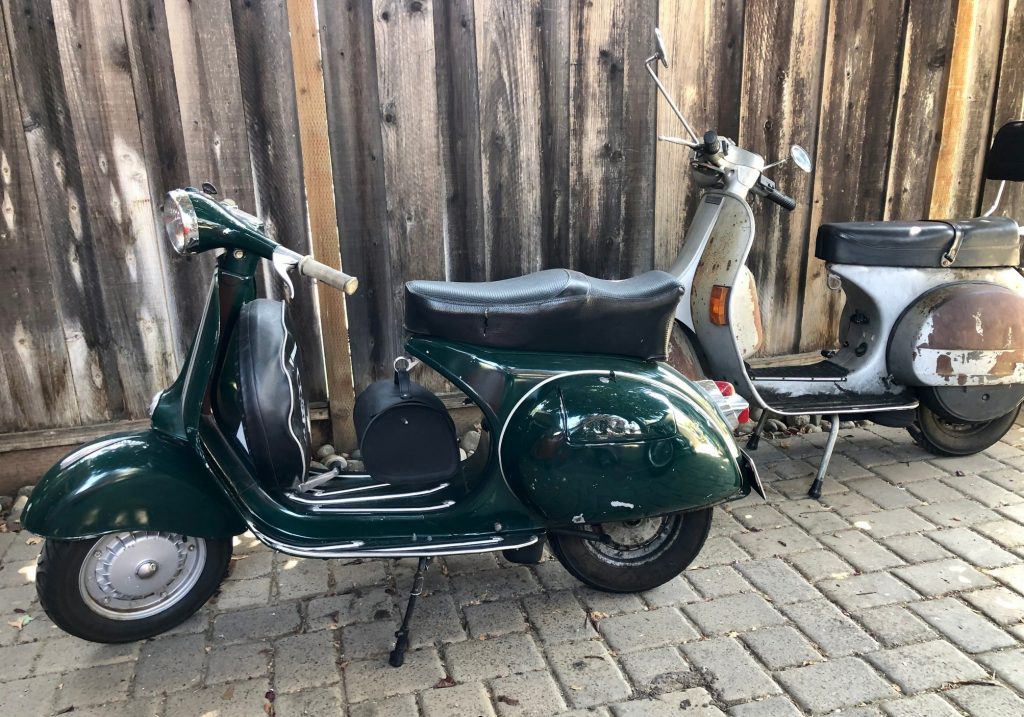
Rogers, 47, has 14 scooters – mostly Vespas – packed into his compact garage in San Jose, California. Vespa memorabilia and reference materials fill the shelves and cover the walls; there’s even some pasted on the ceiling. Rogers refers to this treasure trove as “our collection” – referring to himself and his wife, Jen – but it’s easy to see who drives this two-wheeled obsession. “Jen speaks Italian and I love Vespas, so it just kind of works,” he says. “I don’t know why else you’d marry a guy like me.”
It all began in 1990, when Rogers was in high school. He grew up in Fort Wayne, Indiana, and every summer his family would travel to visit his grandparents in Rockford, Illinois. On the way there, they’d drive through Chicago.
“That’s where I saw my first Vespa,” Rogers recalls. “I didn’t know what it was, and it took time to find out, because there was no internet then. At the time, the only way to connect with other Vespa people or get parts was through a guy who knew a guy who knew a guy who had a photocopied price list of parts you had to mail away for. That’s how archaic it was.”
After Rogers moved to California to attend San Diego State, he visited First Kick Scooters in Berkeley. One of the shop mechanics was selling a Vespa, and the owner’s girlfriend took Josh for a spin. Rogers admits he “was totally hooked,” and he bought the scooter on the spot – without even driving it. “When I graduated [high school], my family gave me money to do something productive with, and I bought a Vespa. Probably not how they were hoping I’d use it,” he says, smiling. “To get it home I stuck it in the trunk of my Honda CRX – it really didn’t really fit – and after I unloaded it, I rode it for the first time.”
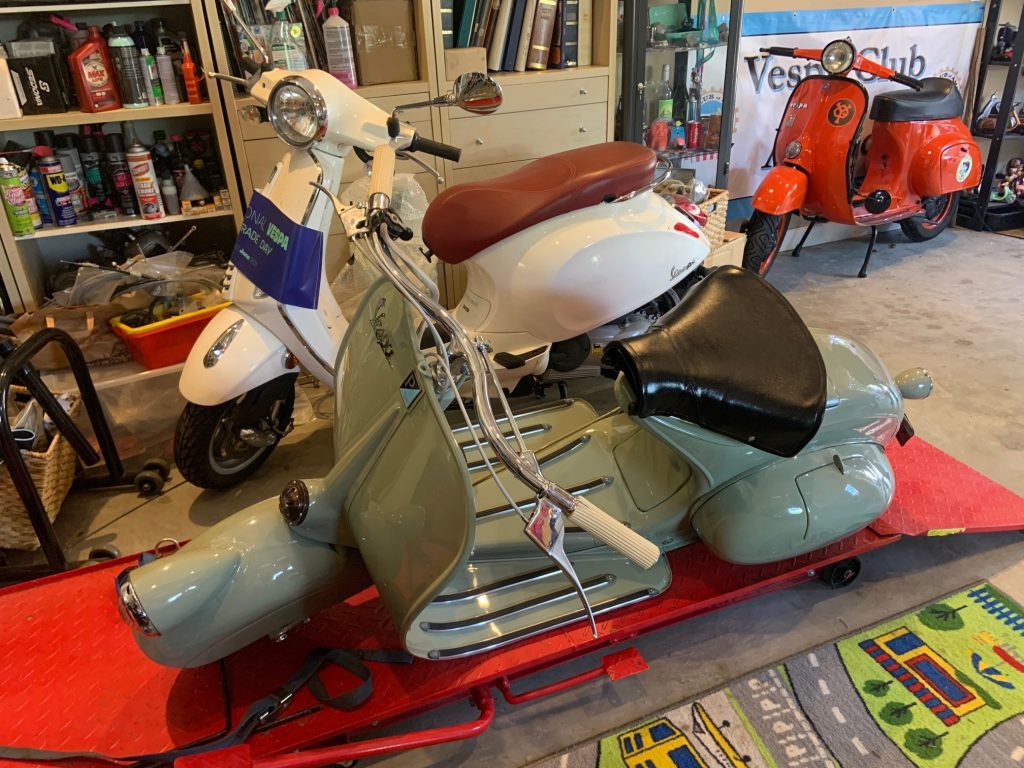
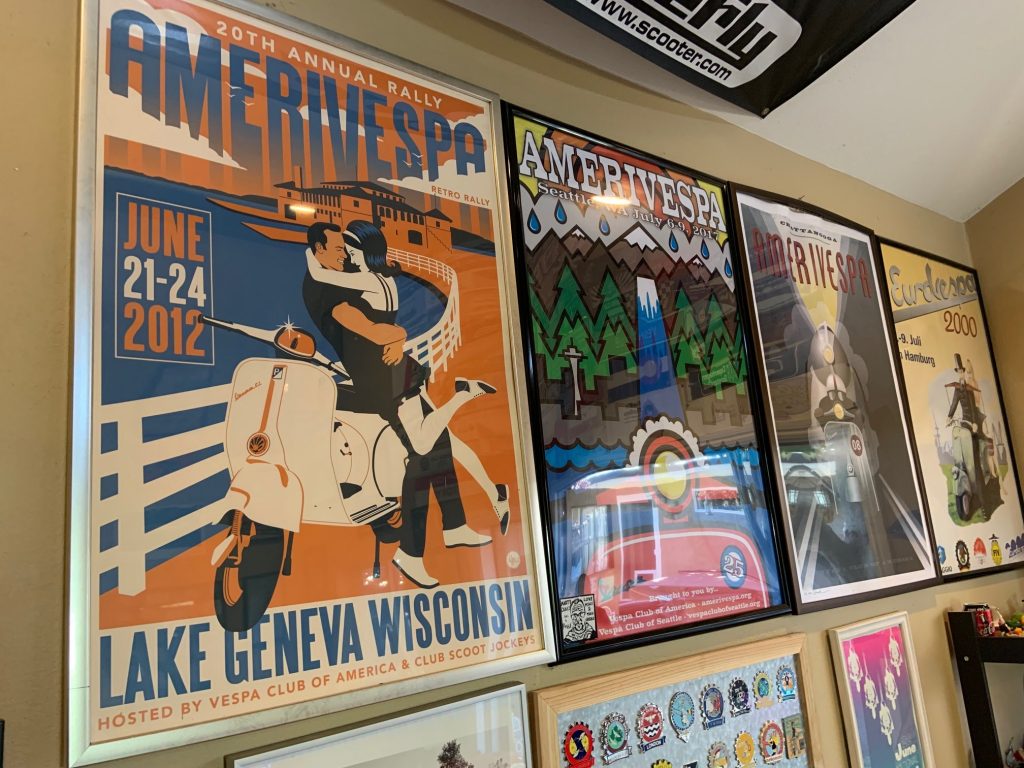
Rogers, who now serves as president of the Vespa Club of America, pauses to think about his earliest encounters with the iconic scooter. “The first time I saw one was in Chicago. The first time I felt one was the day I took a ride,” he says. “There was no turning back after that.”
(Sadly, Rogers’ first Vespa was stolen about 15 years ago. He says he once thought he’d found it on Craigslist, and he went to meet the seller with an attitude – and a baseball bat, just in case. “I was ready to break a kneecap if I had to,” he says. Turns out the Vespa wasn’t his.)
Introduced in 1946, Vespa – the Italian word for wasp – was so named because the scooter’s rear resembles that of the flying insect. The scooter provided a small, inexpensive mode of transportation as Europe recovered from World War II. The idea came from industrialist Enrico Piaggio, who commissioned engineer Corradino D’Ascanio to make it a reality. Piaggio is the parent company; Vespa is the brand.
D’Ascanio later designed a three-wheeled commercial vehicle called the Piaggio Ape (pronounced Ah-pay, the Italian name for bee).
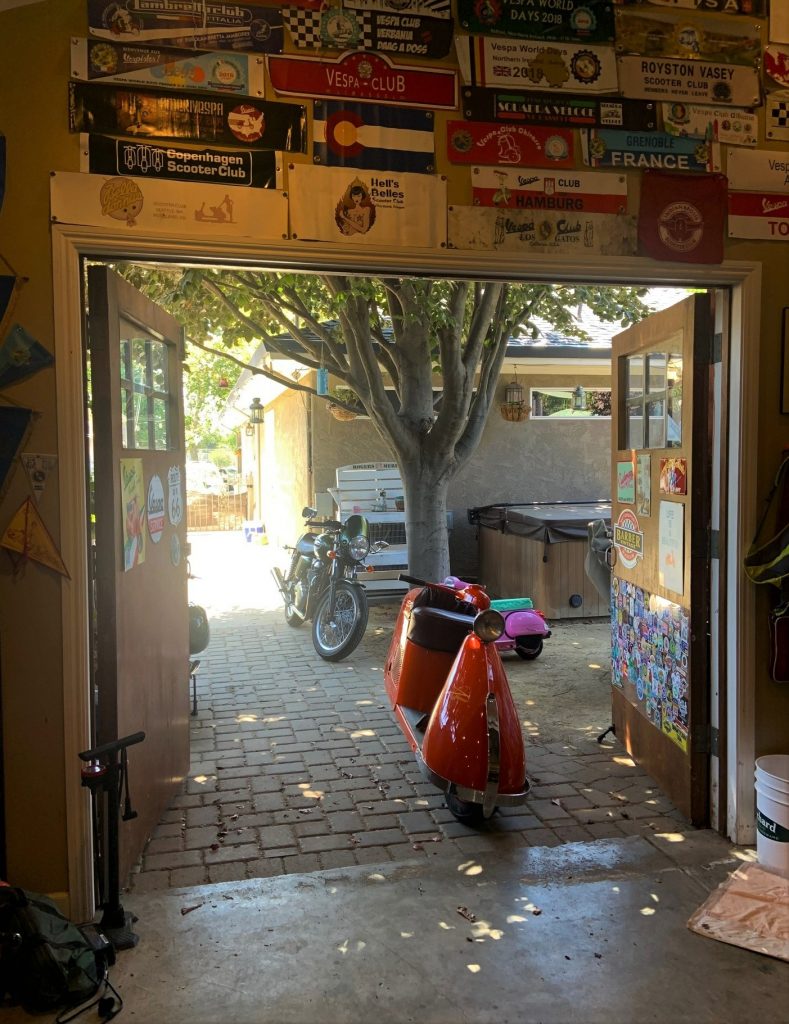
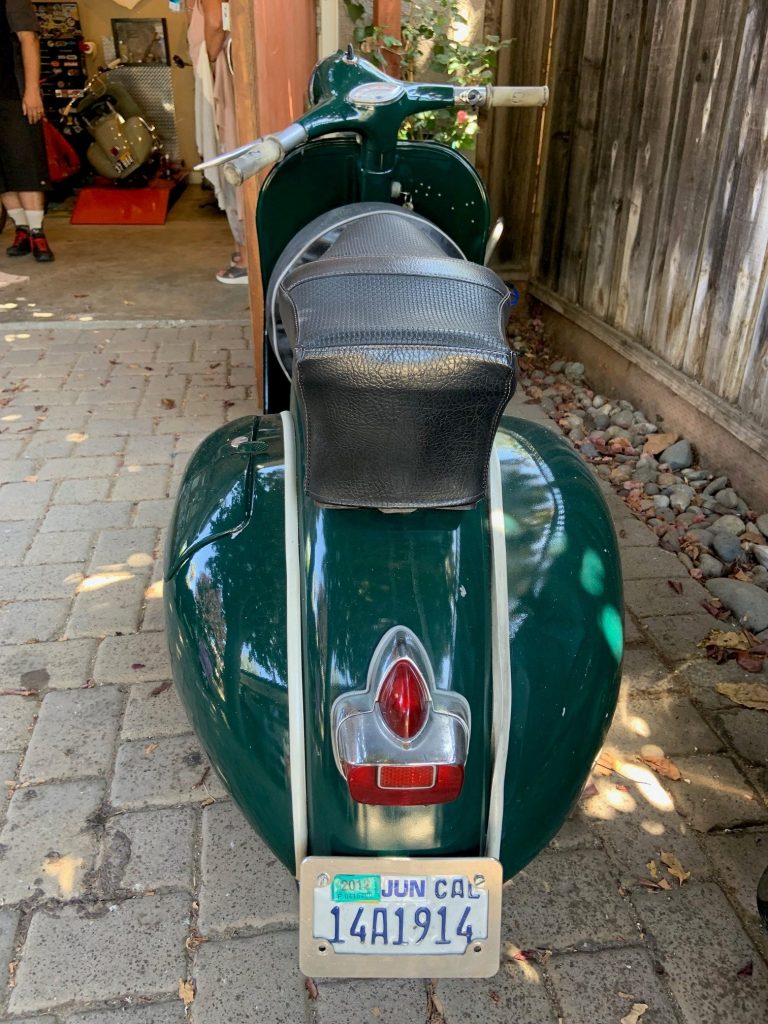
Some 16 million Vespas have been sold in the 75 years since its introduction. Rogers has plenty of examples, including his pride and joy: a pea green, first-series 1946 Vespa 98, body #1641 – the 641st Vespa ever produced.
“It cost 55,000 Lira new, which is about $95,” says Rogers, who knew of the Vespa for years before he ever owned it himself. “It really has no business being in America. The founder of our club, Rolf, was working for Piaggio in Costa Mesa [California]. One day, while loading new bikes in the warehouse, a guy came by and said, ‘I’ve got one of those,’ and he gave Rolf his card. Rolf went to see it, and the man said he’d gotten it in trade for electrical work he’d done 10 years before. He was asking $350; Rolf offered $250, but the guy stood firm. I have the cancelled cheque that Rolf wrote for $350.”
After Rolf restored the rare Vespa, Rogers featured it on the cover of the Summer 2004 issue of Scoot! magazine, a quarterly publication that he produced for 10 years. Rolf later sold the Vespa to an enthusiast in San Diego, and Rogers eventually bought it from him. Similar-era Vespas have been valued at $170,000 or more, but Rogers says, “I don’t want to get rid of it because of its historical significance, but if somebody offered me stupid money …” He’s quick to point out that first-series Vespas carry a significantly higher value that the scooters that follow. “You can buy most vintage Vespas for $1000–$6000,” he says.
Rogers has plenty of those, as well as scooters from other manufacturers.
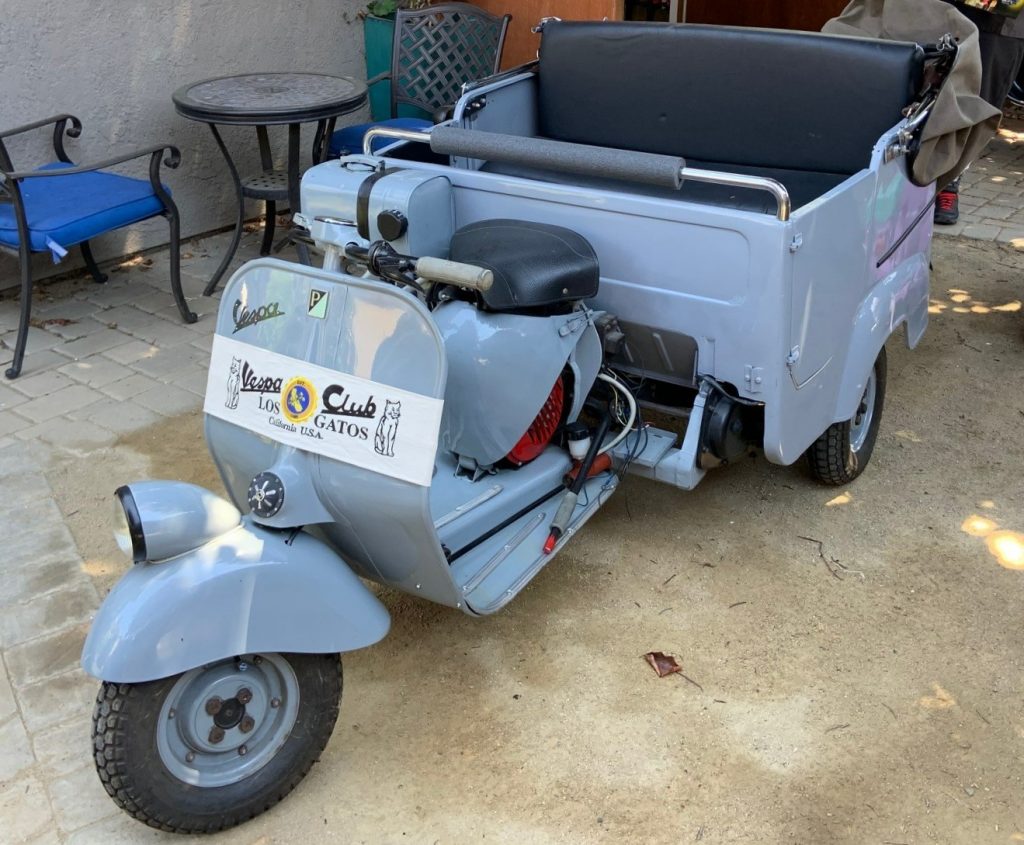
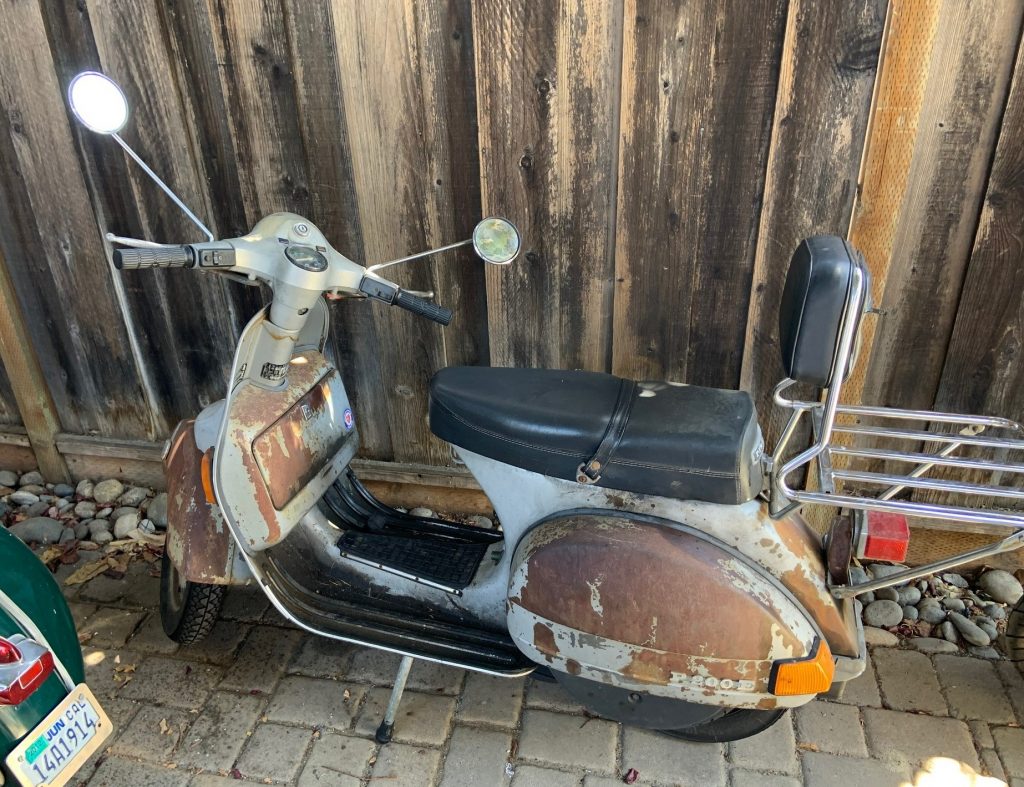
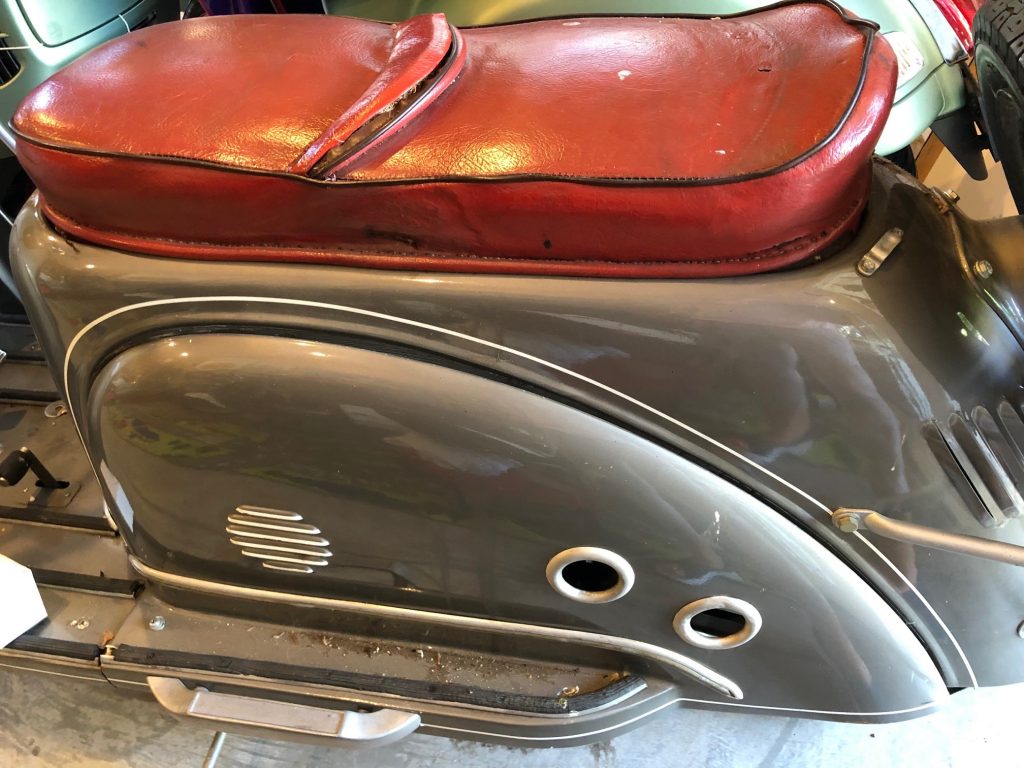
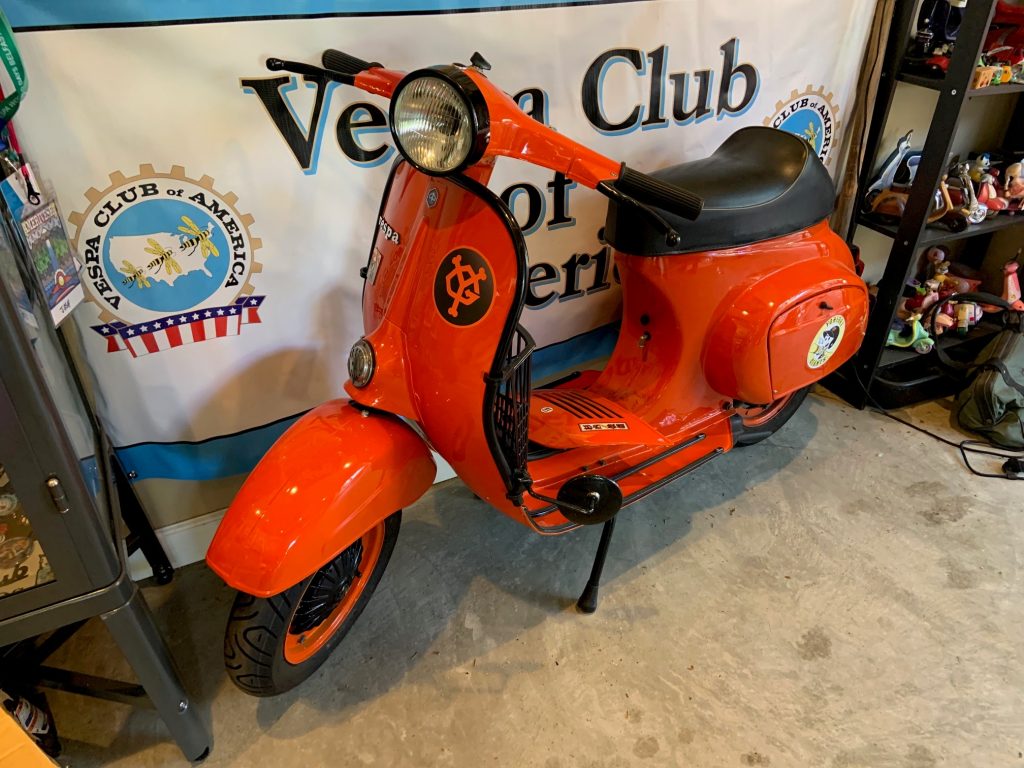
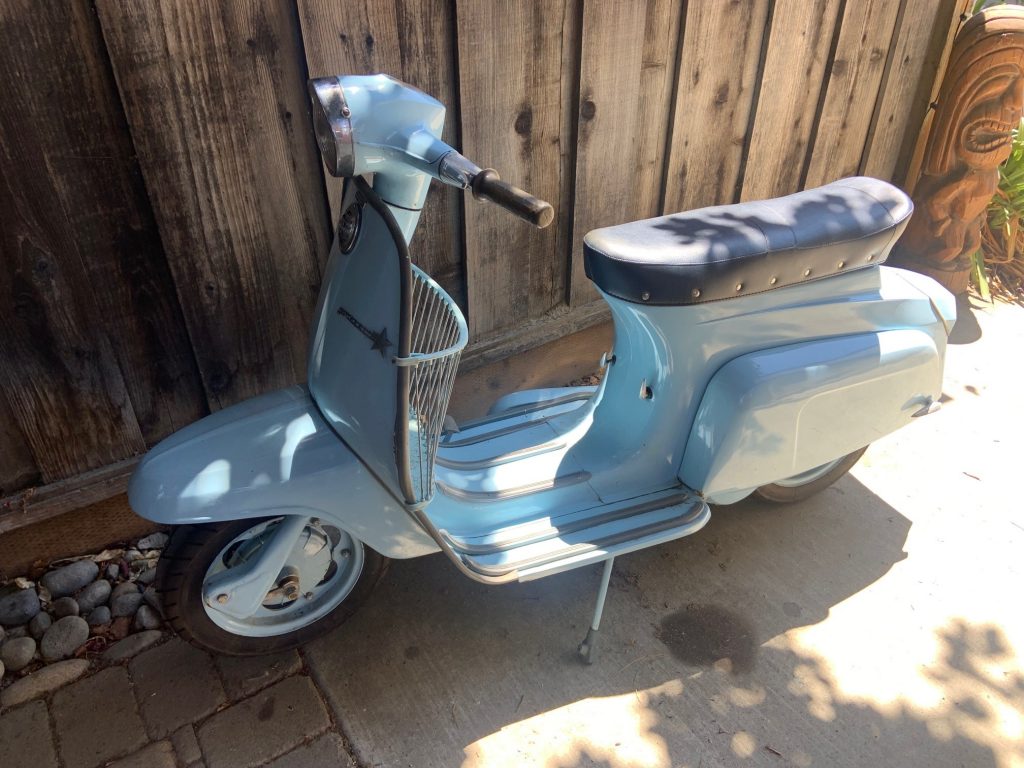
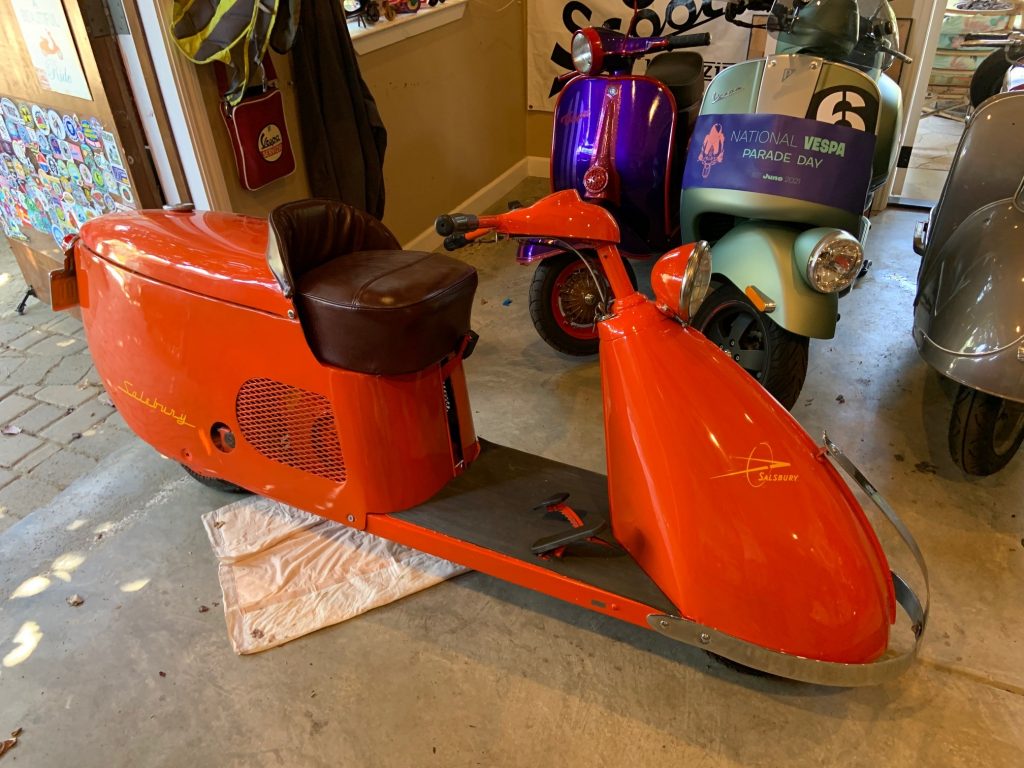
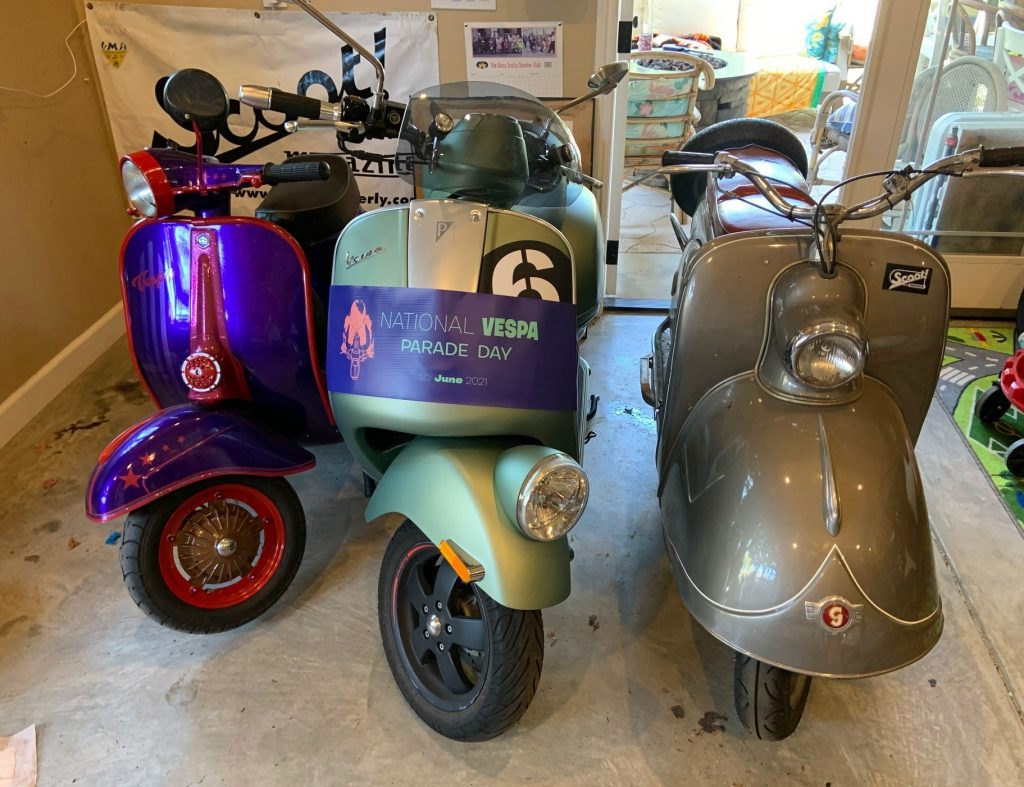
Top right: A 1955 Goggo-Roller 200cc. Built in Germany by Has Glas, fewer than 50,000 Goggo-Rollers were produced in the 1950s.
Centre left: An orange 1974 Piaggio Vespa 125 Primavera that has been painted to honour Jen Rogers’ favourite team, the San Francisco Giants. Josh painted it to reflect the Japanese professional baseball team, Tokyo’s Yomiuri Giants, which sport the same colours. “It’s the only Vespa here with a name, Tokyo Drift.” Centre middle: A 1966 Lambretta 125, “Lambretta’s answer to the Vespa small-frame.” Centre right: A 1947 Salisbury Northrup (Pomona). “It has a constant velocity transmission—it’s super simple … just go and stop. You’ve got to be careful when you work on it. When the magneto fires, you’ll feel it. It’ll give you a jolt.
Bottom: Left to right, a 1974 Vespa, 2017 Vespa, and 1955 Goggo Roller 200cc
Rogers says if he adds a scooter to the collection, he has to sell one to make room for it. “We have a rule that they can’t spill out into the driveway,” he says. “It’s a good rule. I don’t like playing Tetris.”
Josh and Jen Rogers don’t have any children of their own, so Josh says he doesn’t know who will inherit the collection. Early money is on his nephew, Ezra. “He’s only four months old, but he already has three Vespas.” They’re all plastic toys, but the kid has to start somewhere.
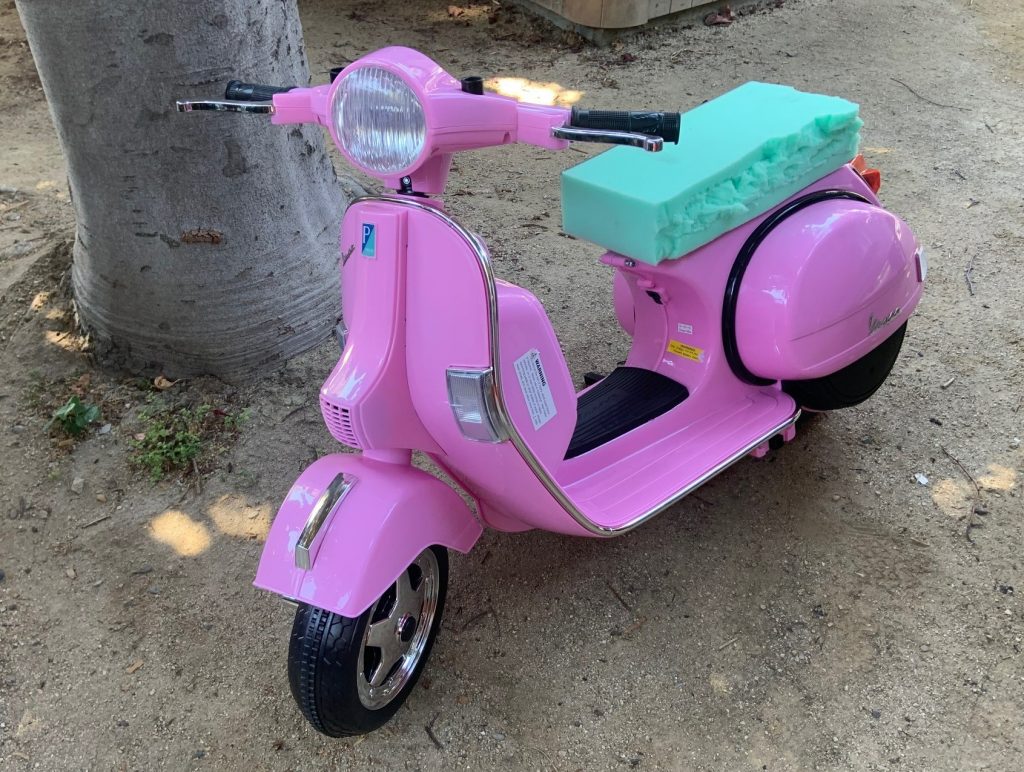
If little Ezra emulates his uncle’s passion for Vespas, he’ll have plenty of company. As the 75th anniversary of Vespa’s launch drew near this summer, Vespa reached out to notable marque aficionados and asked them to record video messages that could be used in the celebration. Among those on the list were celebrities like Jay Leno, Jerry Seinfeld, Justin Bieber, Gwyneth Paltrow, Bill Murray, Mickey Rourke… and Josh Rogers. “I couldn’t believe it,” Rogers says with a laugh. “I had to frame it. That’ll be the only time I’ll be included in that crowd.”
One thing is certain, Rogers’ love for the legendary Italian scooter is not a secret. In fact, he wears his heart for Vespa not just on his sleeve but everywhere… sometimes, literally. On one of the walls in the garage is a pair of pink-painted Vespa side panels, displayed in the shape of a heart. Josh and Jen bought the art at a fundraiser for Breast Cancer Research.
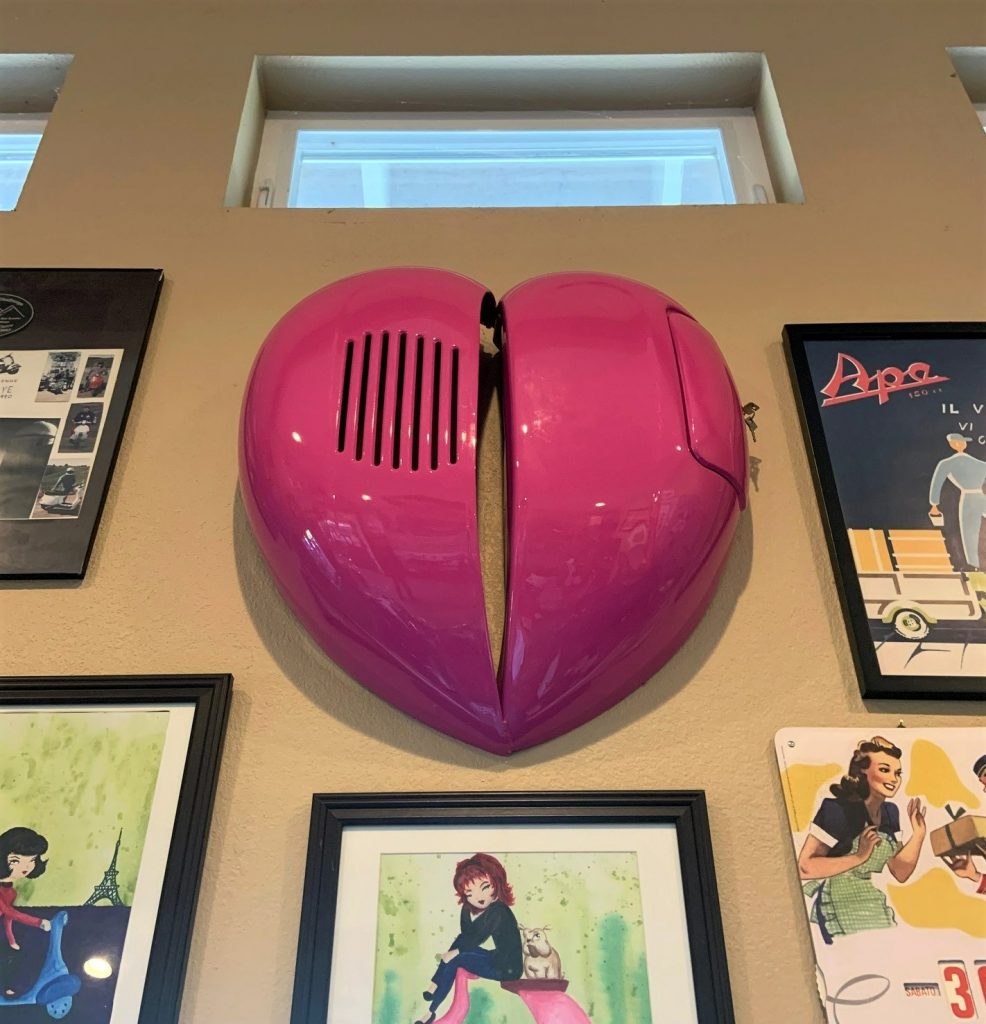
“I definitely have a lot of stuff,” Josh admits, then he jokes, “I often refer to myself as ‘king of a pile of s**t,’ because in the end, it’s just stuff, right? And to a lot of people, maybe these scooters don’t matter much. But to me, Vespas are art – rideable art. And there’s no arguing that there’s something about them that’s irresistible.”
Certainly irresistible to Rogers.
Read more
Classic Commuter Bikes: Do people know what they’re sitting on?
Crossing Australia on a Lambretta scooter is an experience like no other
Back to riding school with Maria Costello


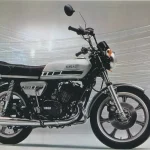
















Ofcourse, we Lambretta enthusiasts were very scathing about the Vespa… with the engine all on one side of the wheel like that, they would obviously spend their lives falling over to the right.
They didn’t, of course, but it never stopped the myth.